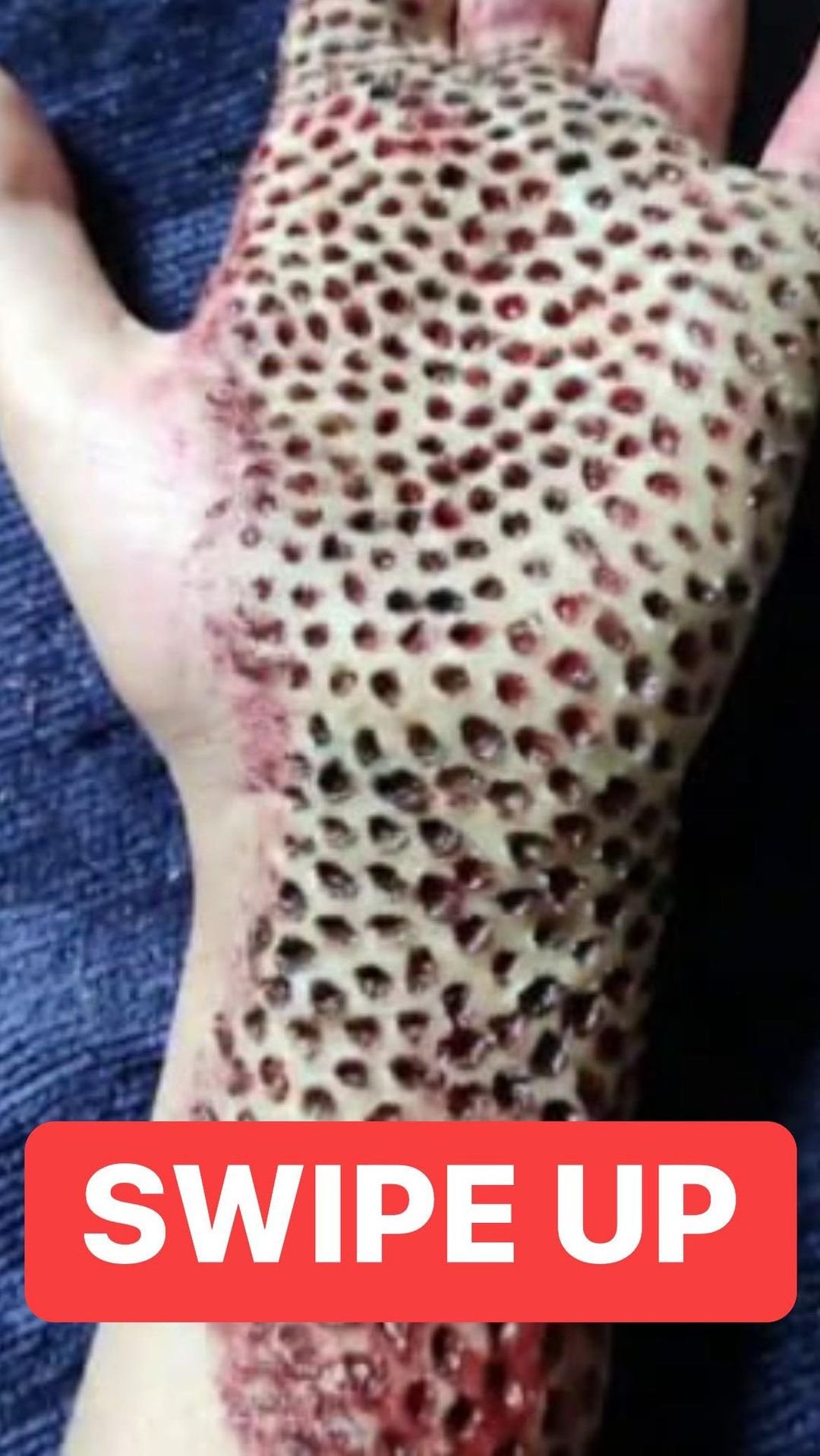Overview Hand-foot-and-mouth disease is a mild yet contagious viral infection commonly seen in young children. It manifests with sores in the mouth and a rash on the hands and feet, primarily caused by a coxsackievirus.
There’s no specific treatment for hand-foot-and-mouth disease. Regular hand-washing and avoiding close contact with infected individuals can help reduce your child’s risk of infection.
Symptoms Hand-foot-and-mouth disease can present a variety of symptoms, including:
- Fever
- Sore throat
- General malaise
- Painful, blister-like lesions on the tongue, gums, and inside the cheeks
- A rash on the palms, soles, and sometimes the buttocks. The rash may not be itchy but can have blisters. Depending on skin tone, the rash may appear red, white, gray, or only as tiny bumps.
- Fussiness in infants and toddlers
- Loss of appetite
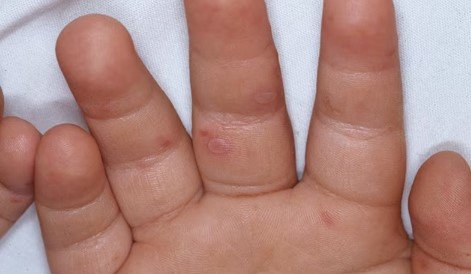
Rash on the Hand and Foot Hand-foot-and-mouth disease often causes a rash of painful, blister-like lesions on the palms of the hands and soles of the feet. The appearance of rashes varies depending on skin tone.
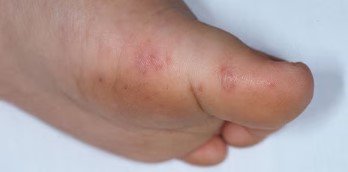
The incubation period from initial infection to symptom onset is typically 3 to 6 days. Children may develop a fever and sore throat, lose their appetites, and feel generally unwell. One or two days after the fever begins, painful sores can develop in the front of the mouth or throat, accompanied by a rash on the hands, feet, and sometimes the buttocks.
Sores in the back of the mouth and throat may indicate a related viral illness called herpangina, characterized by a sudden high fever and, in some cases, seizures. Rarely, sores may appear on the hands, feet, or other body parts.
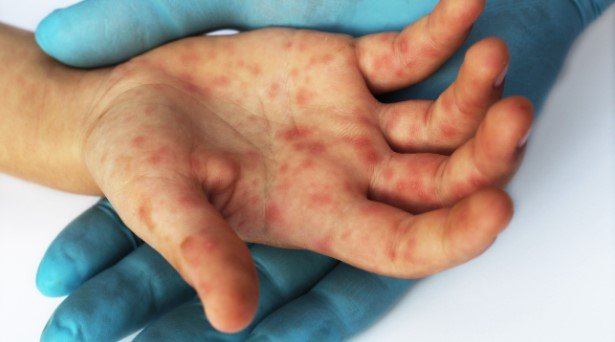
When to See a Doctor Hand-foot-and-mouth disease is usually minor, causing fever and mild symptoms for a few days. Contact your healthcare provider if your child is under six months, has a weakened immune system, or has painful mouth sores or a sore throat that makes drinking fluids difficult. Also, call if symptoms don’t improve after 10 days.
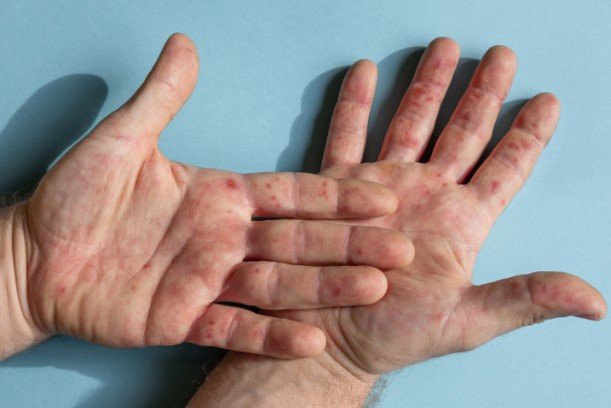
Causes The most common cause of hand-foot-and-mouth disease is the coxsackievirus 16, part of the nonpolio enteroviruses group. The infection typically spreads through:
- Nose secretions or throat discharge
- Saliva
- Fluid from blisters
- Stool
- Respiratory droplets from coughing or sneezing
Common in Child Care Settings Hand-foot-and-mouth disease frequently occurs in children in child care due to their need for frequent diaper changes and toilet assistance, along with their tendency to put hands in their mouths.
Children are most contagious during the first week of infection, but the virus can remain in the body for weeks after symptoms subside. Adults can sometimes transmit the virus without showing symptoms.
Outbreaks are more common in summer and early autumn in the United States, and during the rainy season in tropical climates.
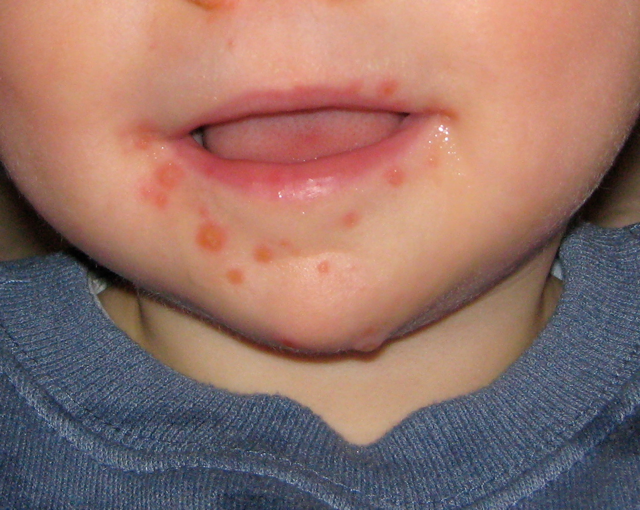
Different from Foot-and-Mouth Disease Hand-foot-and-mouth disease is not related to foot-and-mouth disease, which affects farm animals. It cannot be contracted from or transmitted to pets or other animals.
Risk Factors Age is the primary risk factor, mostly affecting children under 5 to 7 years. Those in child care settings are especially vulnerable. While older children and adults typically develop immunity, adolescents and adults can occasionally contract the disease.
Complications The most common complication is dehydration, as mouth and throat sores make swallowing painful. Encourage fluid intake to prevent dehydration, which may require IV fluids in severe cases. Rarely, the enterovirus can cause serious complications like:
- Viral Meningitis: Inflammation of the membranes and cerebrospinal fluid surrounding the brain and spinal cord.
- Encephalitis: Severe brain inflammation, which is potentially life-threatening but rare.

Prevention To reduce the risk of hand-foot-and-mouth disease:
- Frequent Hand-Washing: Wash hands for at least 20 seconds, especially after using the toilet, changing diapers, before eating, and after coughing or sneezing.
- Good Hygiene Practices: Teach children proper hand-washing techniques and general hygiene.
- Disinfect Common Areas: Clean high-traffic surfaces first with soap and water, followed by a diluted chlorine bleach solution.
- Avoid Close Contact: Limit exposure to others if you or your child have the illness. Keep infected children home from child care or school until symptoms subside.
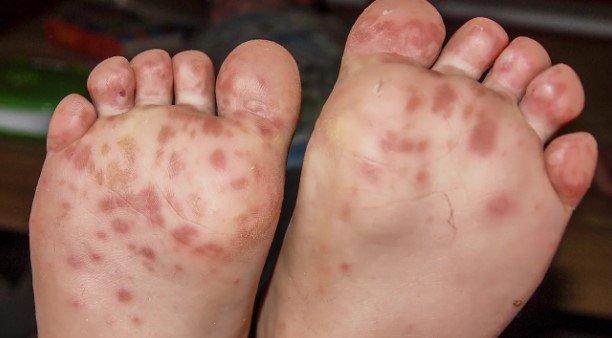
Treatment and Self-Care There is no specific cure for hand-foot-and-mouth disease, which typically resolves within 7 to 10 days. To alleviate symptoms:
- Drink fluids to prevent dehydration, avoiding acidic drinks.
- Eat soft foods like yogurt, avoiding hot and spicy items.
- Take paracetamol or ibuprofen for sore mouth or throat.
Pharmacists can recommend suitable treatments, such as mouth ulcer gels, sprays, and mouthwashes.
Preventing Spread Hand-foot-and-mouth disease is highly contagious. To minimize the spread:
- Wash hands frequently with soap and water.
- Use tissues to cover coughs and sneezes, and dispose of tissues promptly.
- Avoid sharing towels, cups, or cutlery.
- Wash soiled bedding and clothing on a hot cycle.
School or Nursery Attendance Children should stay home while unwell but can return to school or nursery once they feel better, even if not all blisters have healed.
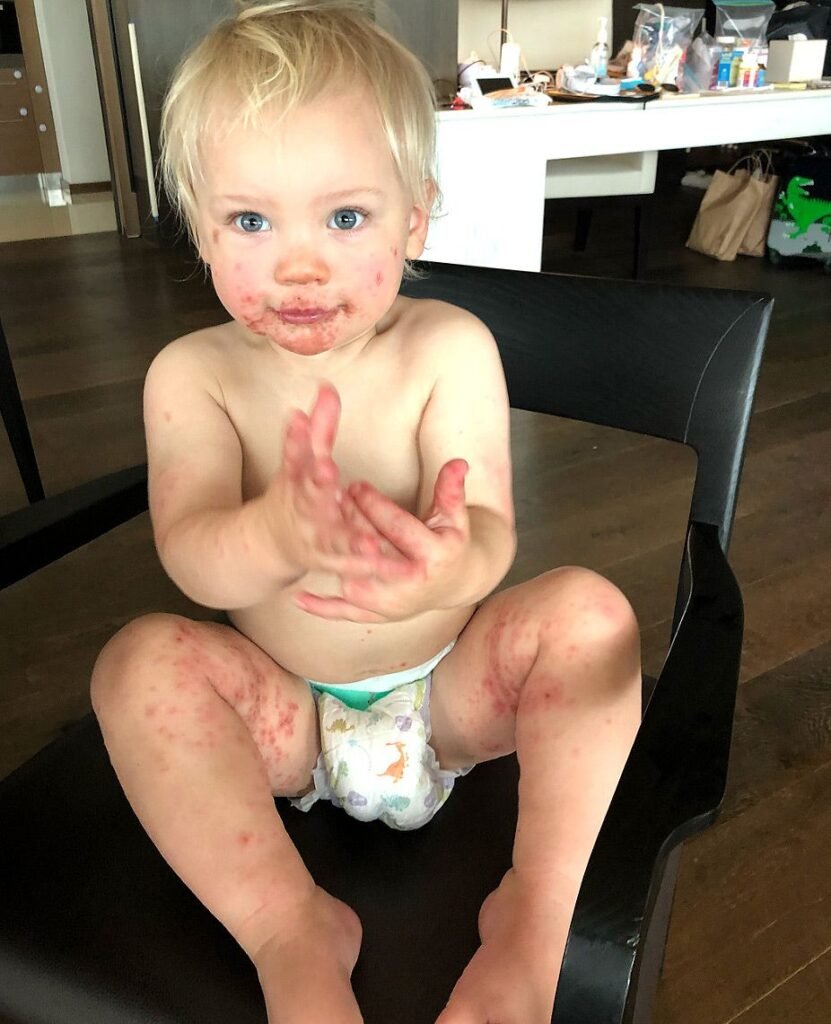
Hand-foot-and-mouth Disease in Pregnancy While generally posing no risk to pregnancy, avoid contact with infected individuals to prevent complications like high fever in early pregnancy or a mild version of the disease in newborns. Consult a GP or midwife if exposed to the virus during pregnancy.
